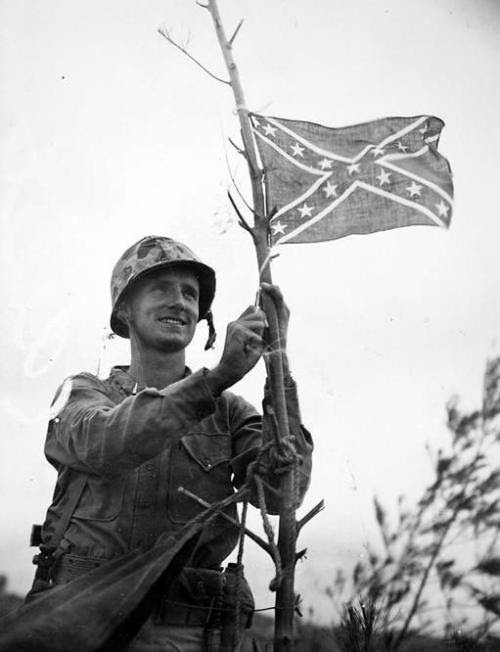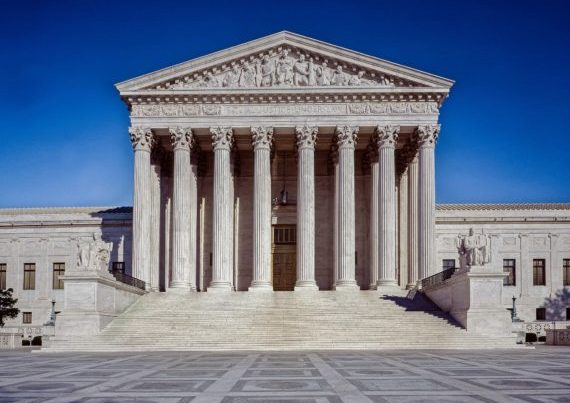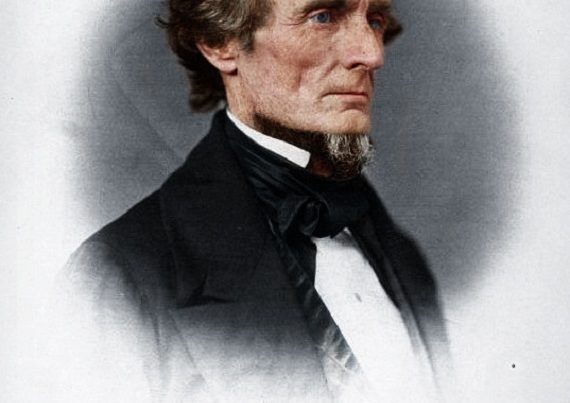
In 1965 Texas novelist William Humphrey wrote:
If the Civil War is more alive to the Southerner than the Northerner it is because all of the past is, and this is so because the Southerner has a sense of having been present there himself in the person of one or more of his ancestors. The war filled merely a chapter in his… [family history] … transmitted orally from father to son [as] the proverbs, prophecies, legends, laws, traditions-of-origin and tales-of-wanderings of his own tribe…. It is this feeling of identity with the dead (who are past) which characterizes and explains the Southerner.
It is with kin, not causes, that the Southerner is linked. Confederate Great-grandfather…is not remembered for his (probably undistinguished) part in the Battle of Bull Run; rather Bull Run is remembered because Great-grandfather was there. For the Southerner the Civil War is in the family.
Clannishness was, and is, the key to his temperament, and he went off to war to protect not Alabama but only those thirty or forty acres of its sandy hillside, or stiff red clay, which he broke his back tilling, and which was as big a country as his mind could hold.
Statue critics say he fought for slavery. But fewer than 30% of Southern families owned slaves. In truth, according to historian William C. Davis, “The widespread Northern myth that Confederates went to the battlefield to perpetuate slavery is just that, a myth. Their letters and diaries, in the tens of thousands, reveal again and again that they fought because their Southern homeland was invaded. . .”
Few today appreciate magnitude of their sacrifice. About 300,000 Confederate soldiers died when the region’s population was only nine million. If the United States were to suffer proportional casualties in a war today our losses would total 11 million, which would be twenty-six times greater than our dead in World War II.
Given such oblations, the Confederate soldier’s surviving family members wanted to memorialize them. Memorial Day evolved after Federal occupation troops observed Southern women spreading flowers upon the graves of their husbands, sons and brothers during the war. A year after the war the ladies of Columbus, Mississippi strewed flowers on the graves of both the Confederate and Union dead in the town’s Friendship Cemetery. Their gesture started a movement that spread and in the North May 30th became selected as National Memorial Day in 1868.
Since the war had impoverished the South, the Southern ladies could do little more than lay down flowers. There was no money for statues and Union veterans opposed permanent Confederate memorials. But when the sons of Confederate veterans eagerly joined the U.S. Army thirty years later to help win the Spanish-American War, the aging Union Civil War soldiers concluded that their former rivals were also Americans, deserving of memorial recognition.
Thus, the twenty years from 1898 to 1918 witnessed the installation of 80% of the signature courthouse square Confederate statues still standing in many Southern towns. During that period the typical surviving Confederate soldier aged from 58 years to 78 years. Memorial placements—North and South—surged between 1911 and 1915 because it was the war’s semi-centennial and the old soldiers were fading away.
Today a vocal minority holds the Confederate soldier in contempt, much like the many Americans who sneered at returning Vietnam veterans in the 1960s and 70s. Amid chants of “Hey, hey, LBJ, how many babies did you kill today?” some civilians insulted the soldiers. Today most Americans old enough to remember cringe with shame when recalling such episodes.
As reported in The New York Times, for example, in 1968 a one-armed vet was accosted at a Colorado college.
Pointing to the missing limb another student asked, “Did you get that in Vietnam?”
The veteran said yes.
“Serves you right,” said the student.
It took years, but eventually the public abandoned the mockers and gave Vietnam vets due credit thereby underscoring the maxim: “Whoever marries the spirit of this age will find himself a widower in the next.” Thus, we should be aware that decisions to tear down century-old monuments put us at risk for unassuageable remorse in the future. Dishonoring such monuments demeans later generations of American warriors who were inspired by the courage of the Confederate soldier.
Consider, for example, that post-Civil-War Southerners consistently came to our nation’s defense more readily than did other Americans. Presently, 44% of our military are from the South even though it represents just 36% of the nation’s population.
Tennessee’s Alvin York was America’s most famous infantryman in World War I. Although his grandfather was a Union deserter, two of his grand-uncles sided with the Confederacy. Texan Audie Murphy was the most decorated soldier of World War II. In Vietnam an Arkansas sniper named Carlos Hathcock killed more enemy than anyone and even put a bullet in the eye of an opposing sniper through the foe’s telescopic sight. Each man was born into the grinding poverty that typified much of the South for a century after the Civil War. As boys they hunted game for food, not for sport.
During World War II, the first American flag to fly over the captured Japanese fortress at Okinawa was a Confederate Battle Flag. It was put there by a respectful marine company in honor of their leader—a South Carolina captain who suffered a paralyzing wound in the victorious assault. Some of the tank crews that freed prisoners from German concentration camps also flew the Confederate Battle Flag.
The academic community is at the forefront of those wanting to remove Confederate statues, which they characterize as racist symbols. In doing so they violate the American Historical Society’s professional warnings against “presentism,” which is defined as an uncritical tendency to interpret the past in terms of modern values. It fails to recognize that racial attitudes throughout America 150 years ago were different than they are today. That is why Abraham Lincoln said during an 1858 debate, “. . . I am not, nor ever have been, in favor of bringing about in any way the social and political equality of the white and black races. . .”
Finally, toppling Confederate statues has evolved into a mob sport, with impunity for the vandals. Since such conduct requires no more courage than kicking a puppy, we may wonder what comes next. Arcata, California has already removed a statue of President McKinley. Notre Dame University has covered a mural that celebrates Christopher Columbus’s discovery voyages. Anti-statue activists are behaving much like the leaders of the former Soviet Union where censorship and rewritten history was part of the state’s effort to ensure that the correct political spin was put on their history. In response, George Orwell warned:
The most effective way to destroy people is to deny and obliterate their own understanding of their history.






